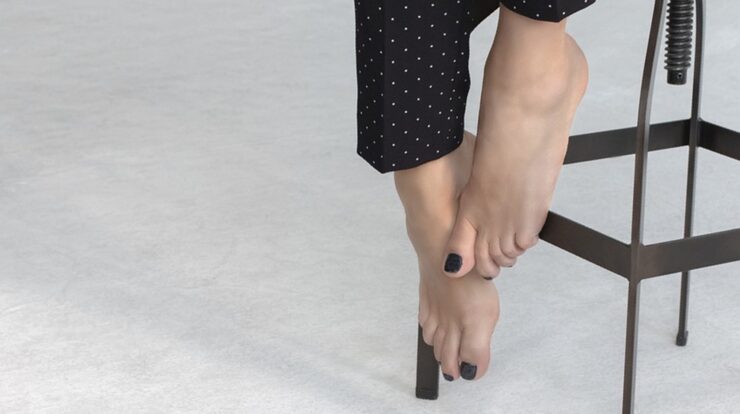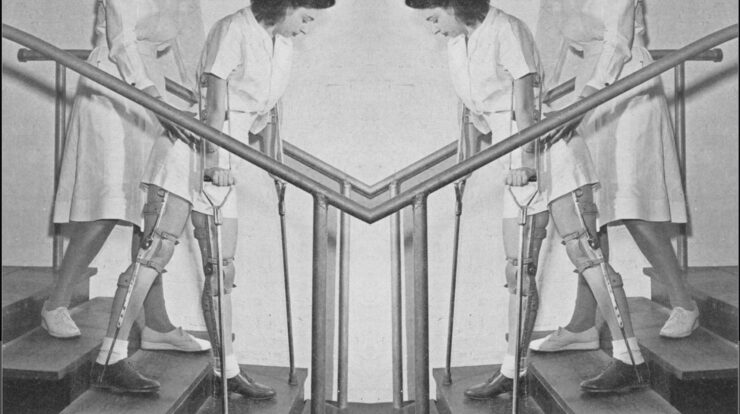
Spraining an ankle can be painful and frustrating, often leading to swelling that makes it difficult to walk or move comfortably. Swelling is a natural part of the healing process, as it helps protect the injured area and supports tissue repair. But how long should you expect this swelling to last? Let’s explore the recovery timeline, factors that affect swelling duration, and ways to speed up the healing process.
Typical Timeline for Swelling in a Sprained Ankle
Swelling from a sprained ankle generally lasts between a few days to several weeks, depending on the severity of the injury. Here’s a general breakdown of what you can expect:
- Mild Sprain (Grade 1): A minor sprain, with slight stretching or microscopic tearing of the ligaments, typically results in swelling that lasts about 3-5 days. Swelling should begin to decrease within a week as the ligaments heal.
- Moderate Sprain (Grade 2): This involves a partial tear of the ligament, causing more noticeable swelling and bruising. Swelling from a Grade 2 sprain can last around 1-2 weeks. Full recovery may take several weeks, but with proper care, swelling should gradually subside during this time.
- Severe Sprain (Grade 3): A severe sprain, or complete tear of the ligament, usually causes significant swelling, bruising, and instability in the ankle. Swelling may persist for 3 weeks or longer. Healing can take several months, and physical therapy is often required to regain full function.
Factors That Affect How Long Swelling Lasts
Several factors can influence how long your ankle stays swollen after a sprain:
- Severity of the Injury: As noted above, the severity of the sprain (Grade 1, 2, or 3) directly impacts the duration of swelling.
- Immediate Care: Promptly following the R.I.C.E (Rest, Ice, Compression, Elevation) protocol after an injury can help reduce swelling and speed up recovery.
- Activity Level: Continuing to put weight on the injured ankle or walking too soon can aggravate the injury and prolong swelling.
- Overall Health: Factors like age, circulation, and any pre-existing medical conditions can affect how quickly swelling subsides.
- Proper Rehabilitation: Engaging in recommended physical therapy exercises as the ankle heals can reduce stiffness, prevent further injury, and help the swelling go down faster.
How to Manage Swelling in a Sprained Ankle
To reduce swelling and manage discomfort, it’s essential to give your ankle the right care from the start. Here are some effective methods:
- Rest: Avoid putting weight on the injured ankle, especially in the first few days. Resting allows the ligaments to heal without further stress.
- Ice: Apply ice packs to the swollen area for 15-20 minutes every 1-2 hours. This helps constrict blood vessels, reducing swelling and numbing pain.
- Compression: Use an elastic bandage or compression wrap to stabilize the ankle and help reduce swelling. Wrap snugly but not so tight that it restricts blood flow.
- Elevation: Prop up your ankle above heart level whenever possible, especially when resting or sleeping. This position helps drain excess fluid and reduces swelling.
- Pain Relief Medications: Over-the-counter anti-inflammatory medications, like ibuprofen, can help manage pain and reduce swelling.
- Physical Therapy: Once the swelling has reduced, gentle stretching and strengthening exercises recommended by a physical therapist can restore mobility and prevent re-injury.
When to See a Doctor
While most sprains heal on their own with rest and proper care, some symptoms may indicate a more serious issue that requires medical attention:
- Swelling that doesn’t improve after a week or two, especially if it’s severe
- Persistent or worsening pain that doesn’t respond to over-the-counter pain relief
- Instability or difficulty bearing weight on the injured ankle after initial rest
- Numbness, tingling, or discoloration beyond typical bruising, which could indicate nerve or blood vessel damage
If you notice any of these signs, consult a healthcare provider. They may recommend imaging tests, like an X-ray or MRI, to check for fractures, ligament tears, or other underlying issues.
Tips to Speed Up Recovery and Minimize Swelling
- Follow the R.I.C.E Protocol Consistently: Rest, ice, compression, and elevation can make a significant difference, especially in the first 48 hours after injury.
- Stay Off the Ankle Initially: Avoid any activities that put weight on the injured foot in the early stages of recovery to prevent re-injury.
- Gradually Increase Activity: As the swelling decreases, begin gentle stretching exercises to improve flexibility. Gradually introduce weight-bearing exercises under the guidance of a physical therapist.
- Use Supportive Devices if Needed: Braces, crutches, or ankle supports can help protect the injured ankle as you begin moving more.
- Stay Hydrated and Eat Nutrient-Rich Foods: Staying hydrated and consuming foods rich in vitamin C, zinc, and protein can support tissue repair and reduce inflammation.
Expected Recovery Times
While swelling from a sprained ankle can last a few days to several weeks, the overall recovery timeline varies:
- Mild Sprain: Full recovery in about 1-2 weeks.
- Moderate Sprain: Full recovery may take 3-6 weeks.
- Severe Sprain: Recovery may extend to several months with possible physical therapy.
In Summary
The swelling from a sprained ankle generally lasts a few days to several weeks, depending on the injury’s severity and how well it’s cared for. Following the R.I.C.E. protocol, staying off the ankle, and seeking medical attention if needed are key steps in minimizing swelling and speeding up recovery. With the right approach, you’ll be back on your feet and moving comfortably sooner than later.






